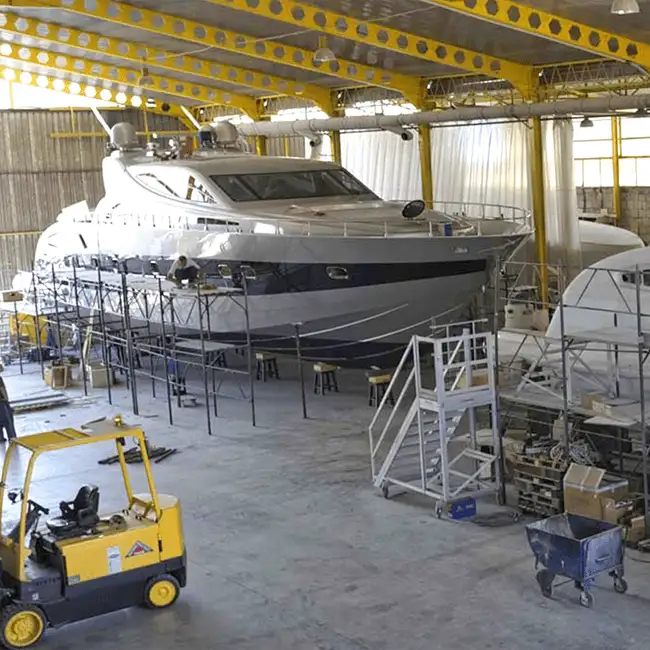

Here’s a question I often get asked by customers: Why do I need to use a specific caster for a specific application?” I like this question because it gives me a chance to learn what the customer is thinking and what they know about the casters he or she is currently using.
A critical aspect of our job is finding the right caster application fit. I find that customers are not aware of how the right casters can affect so many different aspects of their business, including everything from material flow to safety to much more. That’s why when looking for the right caster, it’s important to take many different factors into consideration. Let’s take a look:
Manual or human-driven speeds generally travel slower than 3 mph, thus the force on the caster is much lower. Casters in fully-powered applications endure much greater force because the caster moves much faster. These are all considerations to take into account for higher speeds.
A good example of this happened to a large food processor. They were experiencing frequent caster and wheel failure due to moisture, which was causing the bearing to seize in the swivel section which eventually fractured the kingpin. In the end, significant downtime and frequent repair costs became an issue.
Caster Concepts engineered a solution with a sealed swivel bearing to prevent moisture from entering the raceway with a moisture-resistant poly wheel. So, while the initial cost was 3 times greater than the original inferior caster from a competitor, the new caster had a life cycle 5 times greater than the original caster.
With down-time and replacement costs reduced by more than 50% and a 75% decrease in maintenance labor costs, the ROI over a one-year period of time was in excess of 75% for this product.
At the end of the day, the right caster can make life easier for all who are involved in the life cycle of the casters or carts.